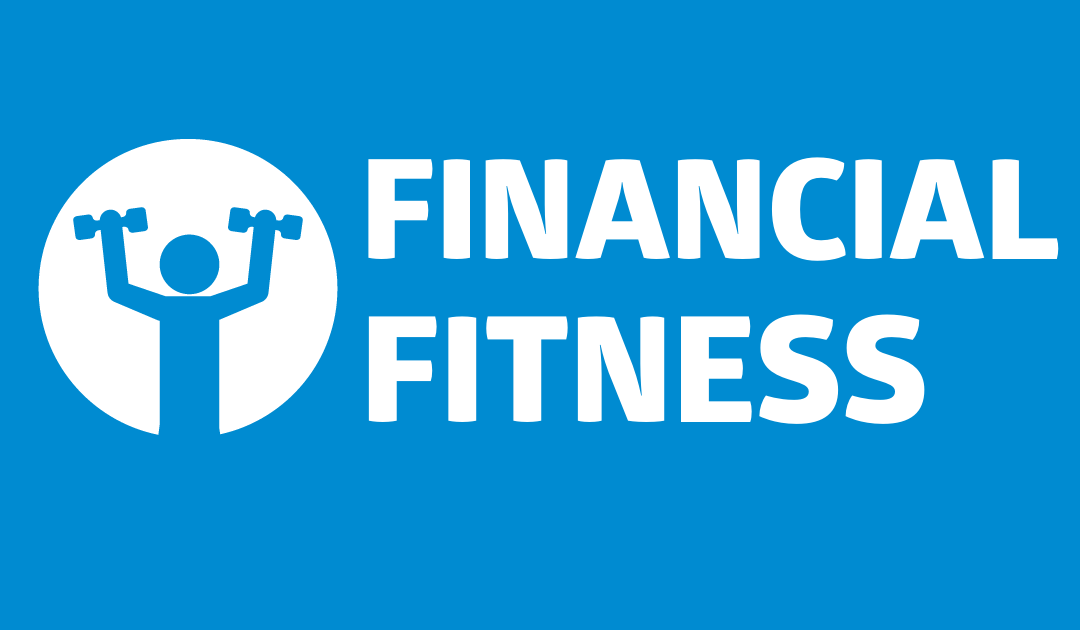By Charlestien Harris
Last week, I started a conversation about resources, such as the FAFSA and scholarships, that could be utilized to pay for college. Read that blog here. This week, I am going to continue that conversation with additional options for financing a college education.
One suggestion is to get a work-study job on campus. The federal work-study program funds part-time jobs for college students with a financial need. Of course, the key to applying for work-study is completing the FAFSA and finding a job on campus that will provide enough hours to earn the total amount of aid you qualify for.
From my own experience, participating in a college work-study program is very rewarding. A work-study job has multiple benefits that will provide a steady income, work experience, interview skills, future networking possibilities and can pay for educational expenses that would otherwise come out of your pocket.
I am always talking about the importance of saving and putting money away for the future. If you or your children will be attending college in the near future, now may be the time to use that savings you earmarked for college tuition or general education expenses. While helpful, scholarships and grants may not cover all of your tuition, room and board, fees and other college expenses. Having a savings account set aside just for these expenses can prove to be very advantageous.
Now, may also be a good time to do your research on a 529 plan. A 529 plan is a state sponsored tax advantaged investment savings account that allows you to save money toward future educational expenses. Another savings option is the Individual Development Account (IDA) which is a matched savings account that can be used toward educational expenses. The money saved in this account is disbursed directly to the educational institution.
*Southern Bancorp Community Partners does not currently have funding to offer educational IDAs.
Did you know if eligible, you can claim tax credits for your educational expenses. The American Opportunity Tax Credit allows you to reduce your taxes after paying for tuition, fees and books — up to $2,500 a year per child. Parents can claim the tax credit if their modified adjusted gross income is no more than $90,000, or $180,000 if filing jointly.
This next option may not be as favorable but is quite common. You may have to take out federal student loans to pay for college. As a rule of thumb, aim for student loan payments that don’t exceed 10% of projected after-tax monthly income your first year out of school. If you need to borrow to pay for college, take out federal student loans before private ones. Federal loans have benefits that private loans don’t, including access to income-driven repayment plans and loan forgiveness programs.
Borrowing private loans should be considered as a last resort. If you do need to use private student loans, compare your options before you choose a lender. I recommend that you shop around to find the lender that offers you the lowest interest rate and the most generous borrower protections, such as flexible repayment plans or the option to put your loans in forbearance if you’re struggling to make payments.
Remember that a loan is a loan and after you graduate, you’ll have to pay back any money you borrowed. Many student loans, with exception of federal subsidized loans, accrue interest while you’re in school, which means you’ll have to pay back more than you originally borrowed. The Consumer Financial Protection Bureau (CFPB) offers additional information on this subject and it can be found at: https://www.consumerfinance.gov/paying-for-college/.
Paying for college can be very expensive but with some careful planning and saving the money ahead of time, you can accomplish this goal without wreaking havoc on your family’s budget. Until next week, stay financially fit!

